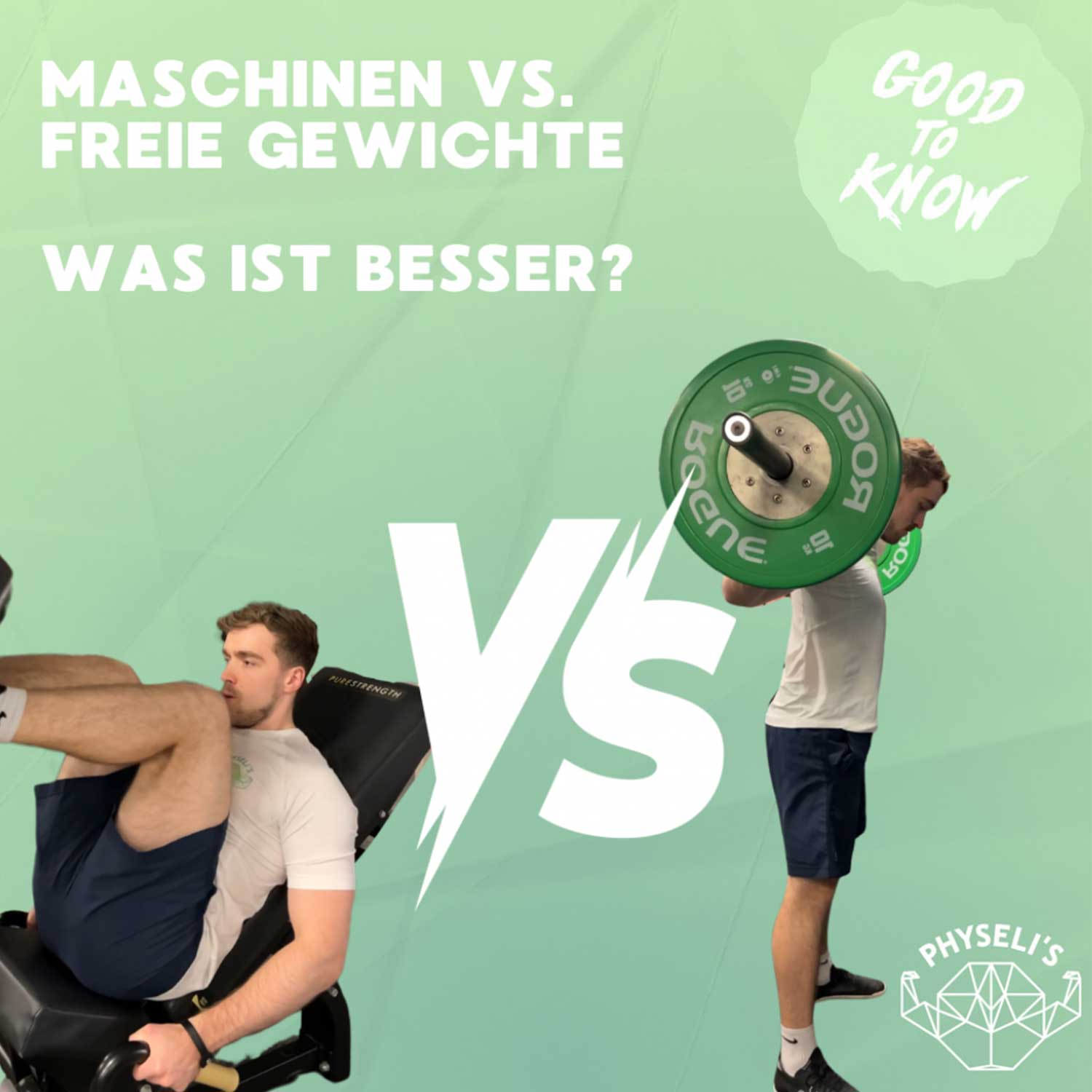
Fascia rollers scientifically considered – What is the benefit?
Fascia rollers have been around since the 80s, where they were used in the course of the Feldenkrais method. They are mainly used in the sense of “Self Myofascial Release” to release tension, relieve pain and increase circulation.
💚If you need help with your training, rehab after injury, or just want to feel better and healthier in your body overall, check out our offerings and feel free to contact us! ⠀
Mode of action according to the manufacturers
RELEASE TENSIONS – Fascia training with the fascia roller releases tensions, promotes blood circulation in the muscles and prevents adhesions of the fascia.
Whether it’s back pain, hip pain or shoulder pain, our rollers and balls can be used for almost any pain condition from head to toe. They not only relieve existing tension, but also prevent new tangles in the fascia.
SUPPORTS REGENERATION: The fascia roller is suitable as a training and massage device for active treatment of muscles, tension and trigger points.
EASE PAIN: The back roller is ideal for people who suffer from muscle stiffness or back pain, especially when it becomes chronic.
EFFECTIVE TRAINING: As a functional sports roller, it can increase the mobility of muscles and fascia. It is suitable for both back and neck massage.
For Increased Strength & Performance – This portable set of massage roller, massage ball and more for back, leg or foot massage is designed not only for injury recovery and prevention, but also improves your performance, strength, flexibility and balance- for faster recovery and excellent pain relief.
Scientific Breakthrough in Massage Foam – Our massage rollers and balls are made of premium quality, high density EVA foam that kneads deep into your muscles to loosen hardened knots and relax fascia. Includes a removable soft inner part for the neck and other sensitive areas. 2 in 1 foam roller and trigger point massager!
Relieves Pain & Injury – Our Fascia Ball and Foam Rollers have unique, even grooves that allow for gentle rolling that massages lactic acid buildup out of muscles – leaving you feeling strong and vital every day, just like right after a massage.
Facts
First of all, the term “fascia roller” and therefore “Self Myofascial Release” is misleading, because we have almost no influence on the fascia when using it. This is mainly because our connective tissue would need much more force to change than we can exert with rolling or manual pressure. To produce only 1% (!) compression or shear of the plantar fascia or fascia lata requires forces far outside the humanly possible range. This means that it is not possible to loosen any adhesions or tensions in the tissue.
But how is it then possible to feel more mobile and possibly even pain-free after the treatment?
This is due to the fact that the application may well lead to a short-term non-specific change in pain perception. The exact mechanism of action behind this has not yet been definitively clarified. However, local effects in the tissue are unlikely, since when applied to one side, the effect was also observed on the opposite side.
Influence on the mobility
A recent review showed that the range of motion was increased when applied to the thigh muscles. However, this requires regular interventions over at least 4 weeks necessary. Moreover, the mechanism of action behind this is still unclear and how long this effect lasts. Incidentally, it also has no significant influence on performance, regeneration or injury prevention.
Conclusion
Fascia rollers can help you feel more mobile and pain-free for a limited time, but then it is even more important to know that these effects are not due to local changes in the connective tissue or muscles. There must be no dependence in the course of application, due to false beliefs such as: “I must first solve something in my tissue”. Through such beliefs, fascial rollers can even contribute to the chronicity of pain.
Fascia rollers are therefore not an absolute necessity under any circumstances. The body is simply far too strong for a lasting change with some rolling in the tissue.
Are you educated about the effects and simply enjoy using the fascia roller as an adjunct to a regular exercise program?
Well then let it roll!
Source list:
Aboodarda, S. J., Spence, A. J., & Button, D. C. (2015). Pain pressure threshold of a muscle tender spot increases following local and non-local rolling massage. BMC Musculoskeletal Disorders, 16(1), 265. https://doi.org/10.1186/s12891-015-0729-5
Behm, D. G., & Wilke, J. (2019). Do self-myofascial release devices release myofascia? Rolling mechanisms: A narrative review. Sports Medicine (Auckland, N.Z.), 49(8), 1173- 1181. https://doi.org/10.1007/s40279-019-01149-y
Chaudhry, H., Schleip, R., Ji, Z., Bukiet, B., Maney, M., & Findley, T. (2008). Three-dimensional mathematical model for deformation of human fasciae in manual therapy. The Journal of the American Osteopathic Association, 108(8), 379-390. https://doi.org/10.7556/jaoa.2008.108.8.379
Killen, B. S., Zelizney, K. L., & Ye, X. (2019). Crossover effects of unilateral static stretching and foam rolling on contralateral hamstring flexibility and strength. Journal of Sport Rehabilitation, 28(6), 533-539. https://doi.org/10.1123/jsr.2017-0356
Konrad, A., Nakamura, M., Tilp, M., Donti, O., & Behm, D. G. (2022). Foam rolling training effects on range of motion: A systematic review and meta-analysis. Sports Medicine (Auckland, N.Z.). https://doi.org/10.1007/s40279-022-01699-8
Pepper, T. M., Brismée, J.-M., Sizer, P. S., Jr, Kapila, J., Seeber, G. H., Huggins, C. A., & Hooper, T. L. (2021). The immediate effects of foam rolling and stretching on iliotibial band stiffness: A randomized controlled trial. International Journal of Sports Physical Therapy, 16(3), 651-661. https://doi.org/10.26603/001c.23606
Wiewelhove, T., Döweling, A., Schneider, C., Hottenrott, L., Meyer, T., Kellmann, M., Pfeiffer, M., & Ferrauti, A. (2019). A meta-analysis of the effects of foam rolling on performance and recovery. Frontiers in Physiology, 10, 376. https://doi.org/10.3389/fphys.2019.00376



